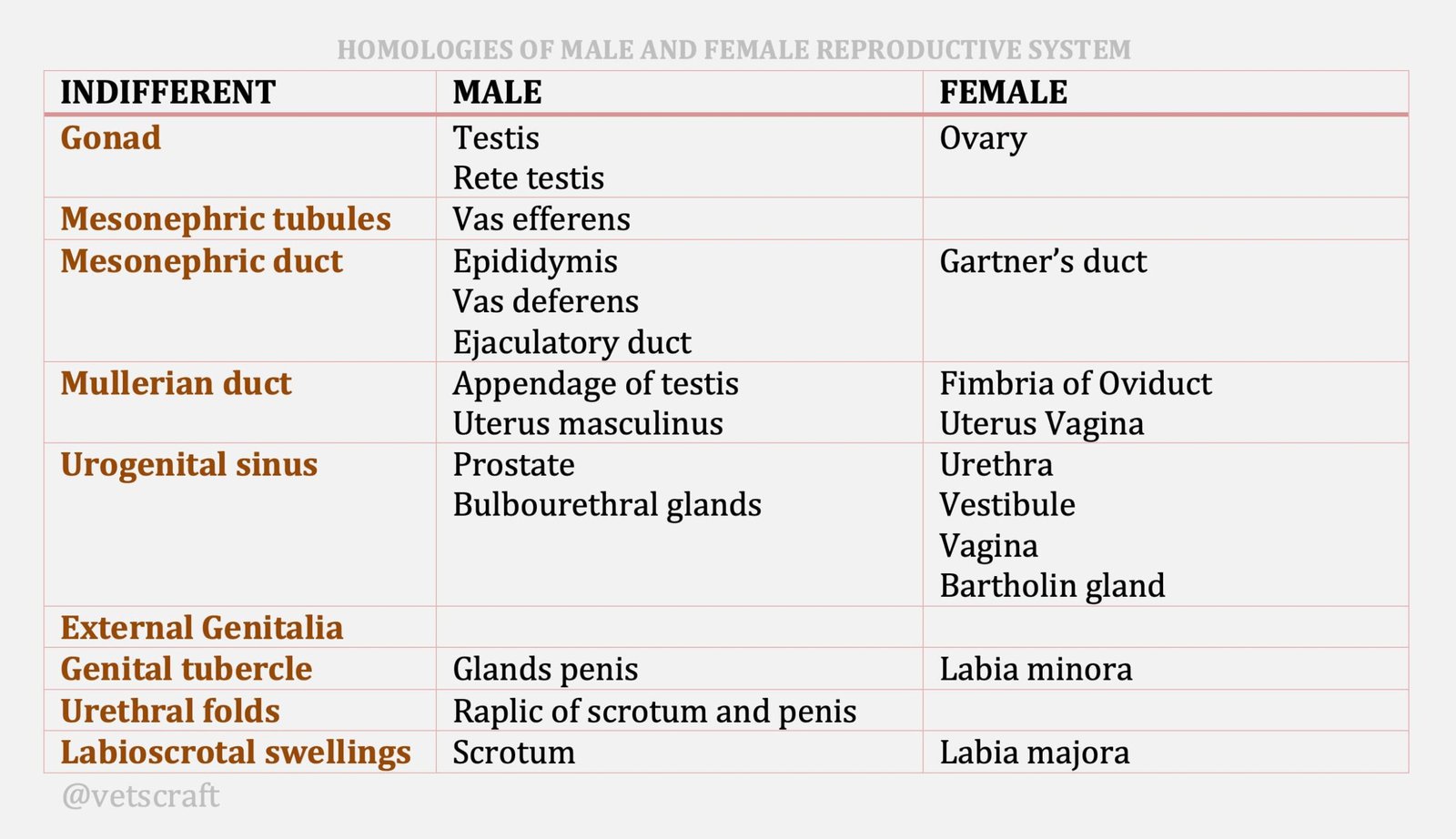TABLE OF CONTENTS
Pregnancy Diagnosis in Female Dogs
Pregnancy diagnosis (cyesiognosis) in female dogs (bitches) is done by signs, abdominal palpation, radiography, hormone assay, ultrasonography, etc.
In most domestic species, pregnancy interrupts normal cyclicity by increasing the length of the luteal phase and delaying the return to estrus.
However, in the bitch the length of luteal phase is similar in both pregnancy and non-pregnancy. This is the reason why pseudopregnancy is a common and normal event in bitches.
In female canines, the following methods are employed for pregnancy diagnosis:
- Absence of Estrus
- Behavioural Changes
- Physical Changes
- Abdominal Palpation
- Identification of Fetal Heart Beats
- Radiography
- Endocrine Tests
- Acute Phase Proteins
- Ultrasonography
Absence of Estrus
The failure to return to estrus is not a reliable indicator of pregnancy as the bitch is not polycyclic. Further, the interestrus interval is identical in pregnant and non-pregnant cycles.
Physical Changes in Pregnancy

Abdominal Palpation
Technique of abdominal palpation can be highly accurate if performed between day 26 and 30 of pregnancy.
Difficult to perform in obese or nervous animals, in bitches with tense abdomen, in bitches carrying single pup or a few pups in cranial abdomen.

Radiography

Endocrine Tests
- Plasma concentrations of progesterone are not useful for the diagnosis of pregnancy in the bitch.
- Prolactin assays may become useful as methods of pregnancy diagnosis.
- Measurement of the hormone relaxin is diagnostic of pregnancy.
Acute Phase Proteins
- Measurement of fibrinogen, C-reactive protein, or other acute phase proteins is sensitive markers for pregnancy.
- The initial rise occurs from day 20 onwards with a peak at approximately day 40. Methods appear to be reliable, although false positive diagnoses may result from inflammatory conditions such as pyometra.
- The rise in fibrinogen concentration is the basis of commercial pregnancy test. Estimation of plasma fibrinogen level by 17 days after mating can be taken as an index for detecting pregnancy and pseudopregnancy in bitches.
Ultrasonography
Diagnostic B-mode ultrasonography can be used for early pregnancy diagnosis. It is a non-invasive imaging modality, which is safe both for the operator and the animal.
Most accurate time to perform is generally one month after the last mating.
Sound frequencies in the range of 2-10 MHz are commonly employed in diagnostic examinations:
- Small dogs (<10 Kg): 7.5 or 10 MHz.
- Medium sized dogs: 5.0 MHz
- Large breed dogs: 3.0 MHz or lower frequencies.

To visualize the entire reproductive tract, multiple positions and scanning planes may be required.
Technique of Ultrasonography for Pregnancy Diagnosis in Female Dogs
- The dog should be placed in dorsal recumbency, including right or left lateral recumbency and scanned from the dependent or non-dependent side or with the animal standing.
- Standing on the floor is advantageous for large or giant-breed dogs.
- Clipping the ventral abdominal hair is the standard protocol to obtain the best image.
- Application of alcohol or other wetting agents prior to applying acoustic gel to an unclipped hair coat may improve image quality by reducing air between the transducer and skin.

